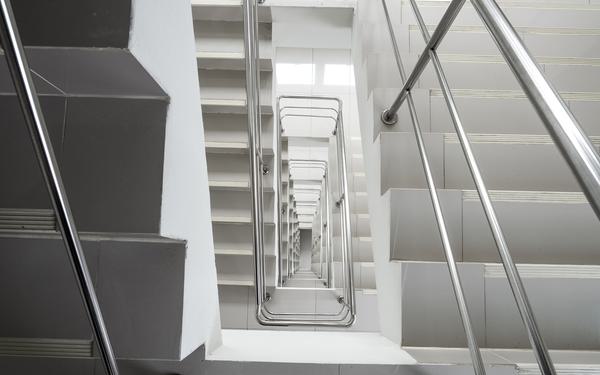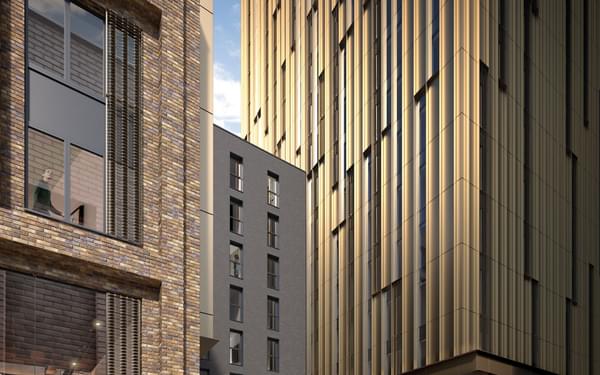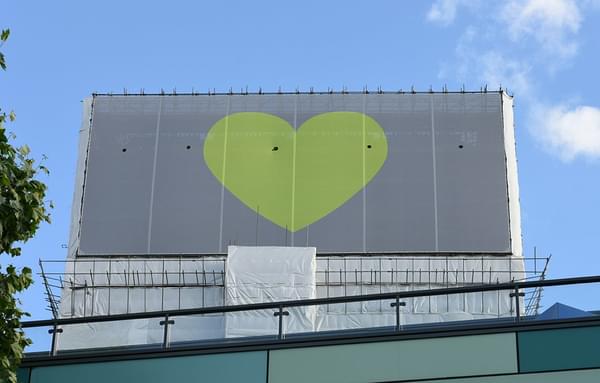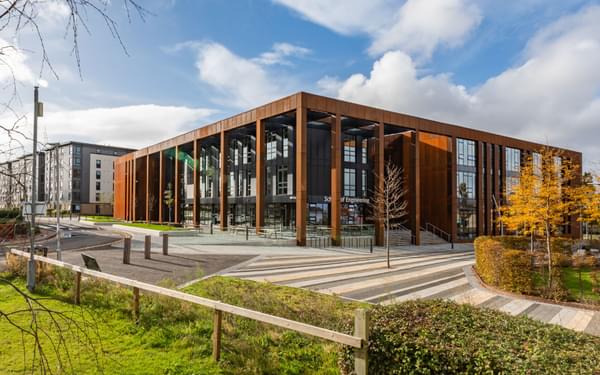Back to Articles
James McNay comments in RICS Built Environment Journal: Compliance with guidance may prompt safety complacency
James McNay \ 14th Nov 2024
Repeated updates to Approved Document B aim to improve fire safety in high-risk buildings – but may result in a tick-box approach to design rather than an understanding of functional requirements, argued James McNay in October's RICS Journal.
Fire Safety: Approved Document B was updated again in March 2024, and now recommends that new buildings of more than 18m in height include two staircases.
But while recommendations such as these are being made, the culture of the sector is shifting in a different direction, towards demonstrating compliance with the functional requirements of the Building Regulations.
This change is being prompted by the realisation of the need for competent designers to understand the functional requirements and ensure that building performance complies with these.
To enable this, professionals must understand holistically how fire safety and construction technology work in real buildings rather than simply on paper.
However, there is a danger that revisions to the guidance will give the misleading impression that these can, in and of themselves, ensure building safety, discouraging the necessary holistic understanding.
This is not to suggest that having guidance is bad. But how can we make sure we are not simply checking that each clause of Fire Safety: Approved Document B is satisfied, without understanding where that guidance comes from – and, critically, the relevance of the guidance to the building in question?
Oil and gas industry sets example
By contrast, performance-based engineered design is paramount in the oil and gas industry, where I have also worked. The quantification of risk is common, and this places competence – and safety – at the forefront of people's minds.
In quantifying the risk, every stage of the design process is considered. The potential impact of each stage on the likelihood of an accident or its consequences forces the designer to think about their actions.
Simply following rules or meeting clauses in guidance, on the other hand, can encourage complacency, and a belief that once the boxes are ticked then safety is achieved. This can come at the expense of new – and potentially more effective – ways to reduce risk or eliminate hazards, beyond those offered by guidance.
The built environment sector has often overlooked the process of ensuring safety. This process should begin with reviewing how the hazard may be eliminated, followed by limiting the likelihood of its occurrence, and only then mitigation to control risk, with risk representing the likelihood of a hazard occurring multiplied by its consequences. This is standard practice in the oil and gas industry.
Alternative approach need not be onerous
The multiple updates to Fire Safety: Approved Document B since the Grenfell Tower fire in 2017 show a reactive approach, with the regular addition and alteration of rule-based guidance.
This may conflict with the shift towards having designers demonstrate competence and show their working to prove compliance with the functional requirements of the Building Regulations.
Doing so need not always entail a detailed quantitative analysis, but a proportional approach where the level of analysis is directly linked to the complexity and risk of the development. This will show how the fire strategy has been developed and how the building will be safe in occupation.
Although designing to comply with the guidance may demonstrate a tolerable level of safety for the life of the building, this could be at the expense of having competent professionals engineer that building in a way that ensures safety in a more effective or reliable manner.
The guidance may also not apply to the building in question, which may satisfy its recommendations but still not meet the requirements of the Building Regulations.
Sharing knowledge can enable broader safety
After the Grenfell Tower fire, we have all become familiar with the way different stakeholders have blamed one another.
Following the 1988 Piper Alpha disaster, the oil and gas industry had to move away from a closed culture of blame towards one of knowledge sharing. This allowed companies to exchange data from their research and testing more openly, as well as near-misses and accidents, to enhance industry-wide safety.
This also led to the creation of the Hydrocarbon Releases Database, which can be of significant help in a quantitative risk assessment. The industry thus moved away from its heavy reliance on subjective assessments, which were based on previous experience and the assumption that safety features will perform as anticipated.
But this is still largely the approach taken in the built environment. Therefore, fire engineers and other professionals involved in building design and fire risk assessment would benefit from an equivalent database.
Such a resource could detail fires and their outcomes, sprinkler activation rate, building occupancy, compartmentation success or failure, building age, fire source, and detection or alarm activation.

Diligence also necessary on existing buildings
While the prior discussion applies across the design stages of a building, we also have the challenge of ensuring the safety of existing building stock in the UK, most of which was built before the Grenfell fire.
Surveyors, fire safety engineers and risk assessors are critical to meeting this challenge. From my own experience in the intrusive inspection of external walls over the past few years, it is no longer acceptable to reach a conclusion about the condition of an existing building simply from desktop review.
This is why the Building Safety Act 2022 requires what are termed safety cases for higher-risk buildings (HRBs). These must explain how a building achieves, or will achieve, a tolerable level of safety with respect to fire, structural soundness and utilities.
Safety cases cannot simply comprise a fire and emergency file or a combination of existing documents, as these will give no indication of a building's safety in its current condition.
Some form of risk assessment is required, and with various methodologies available, selecting one that is proportional to the risk and complexity of the building is vital.
On the reasonable assumption that as-built drawings of existing stock are not to be trusted – assuming there are any in the first place – some form of inspection is essential in assessing a building's risk profile.
Equally, if there is no fire strategy as part of the design documentation, how do we know how the building and its safety systems are intended to work in the event of a fire?
Gaps in documentation and lack of trust in as-built information are not the fault of the fire engineer or surveyor, so they should not be responsible for assessing a building as safe without being granted the right to carry out necessary due diligence.
This due diligence will unfortunately come at a cost and require greater resources. But it is necessary if we are to avoid a race to the bottom, in terms of who can, or is willing to, provide the cheapest safety case with the least intrusive investigation of a building.
Perception of danger leads to greater care
I'm often asked whether an oil rig is more dangerous than a high-rise residential building.
I'd argue that it is not – purely because people believe it to be more dangerous, and this ensures constant care is taken. This mindset may have prevailed in the built environment following the Grenfell Tower fire, but we cannot allow complacency to set in again.
But additional clauses and the perception of greater stringency in the guidance may counterintuitively encourage such complacency in the procurement and construction phase.
While the guidance is important and should reflect current knowledge, it cannot replace a performance-based engineering approach that considers how the building meets functional requirements.
This is equally true for existing stock, as we must understand the condition of the building and assess whether it will function safely throughout its life cycle. Collaboration between surveyors and other specialist fire safety professionals here is critical to ensure the safety of residents and fire and rescue services.
This article was originally published in RICS Built Environment Journal on 15th October 2024.














